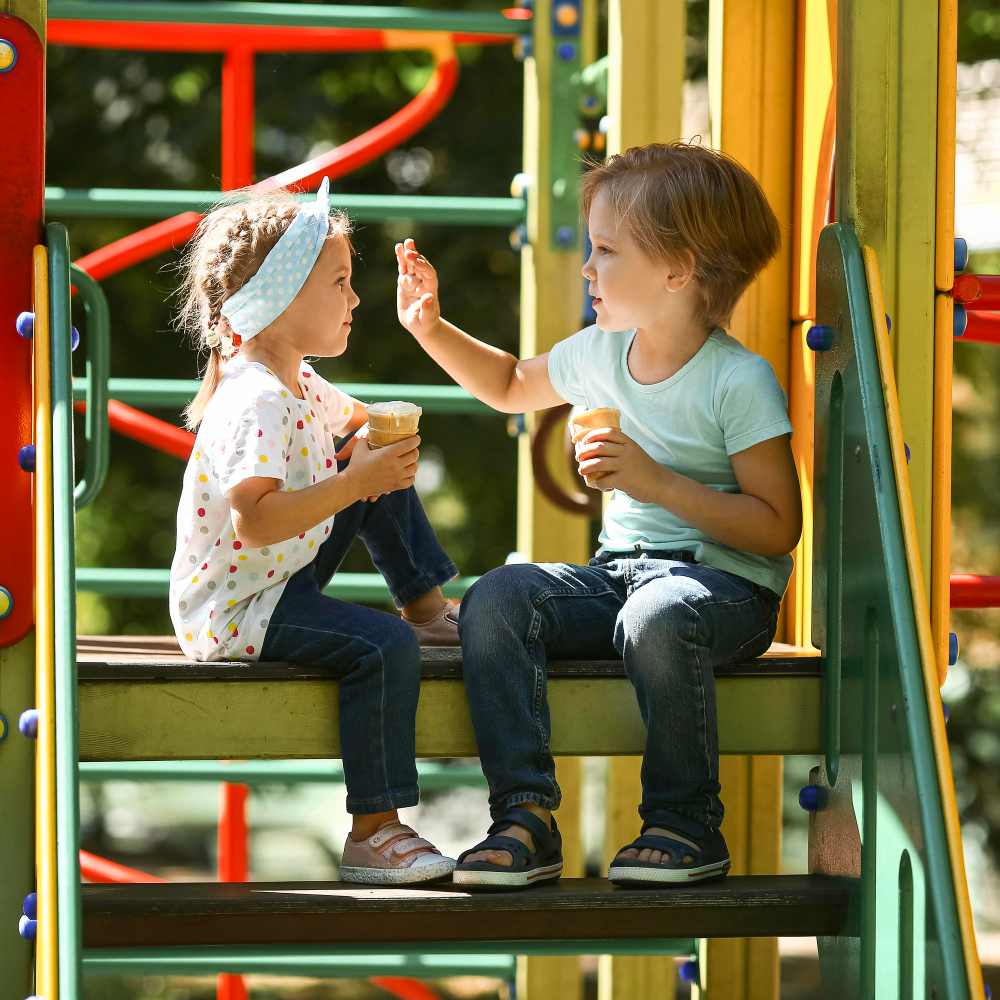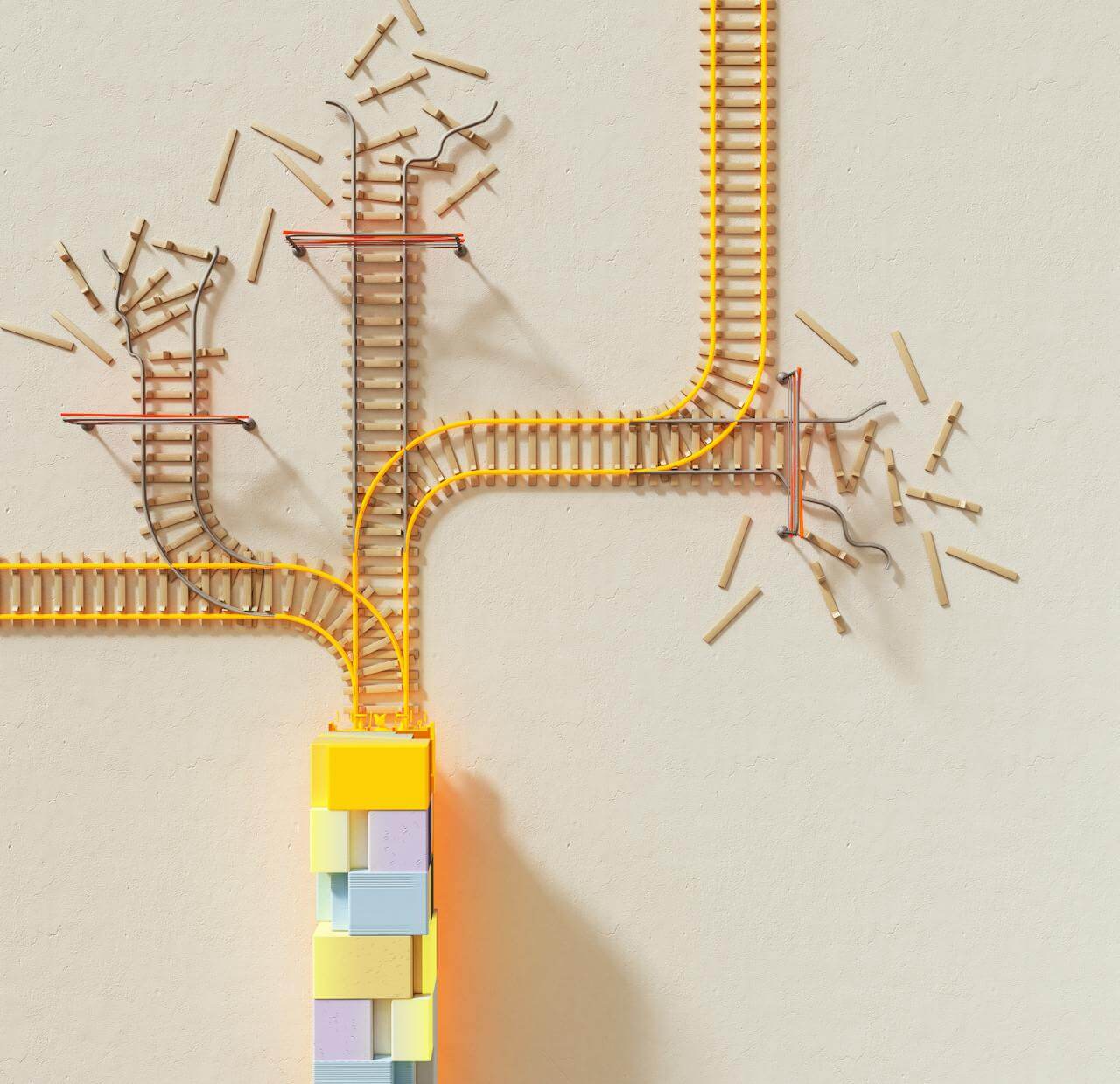Remembrance day means more than honouring soldiers; it means refusing the routines that produce harm in the first place. As November 11th, approaches, we will be publishing an essay every day on the parallels between militarised violence and educational harm.
Trigger warning: this essay catalogues a litany of harm—rape, torture, institutional violence, the moral collapse of systems, the distress of children, and the erasure of autistic experience.
This essay contains material that is extremely graphic. Once you know these things, you cannot unknow them. Proceed with care.
The comparisons drawn here will anger some readers. They will accuse me of conflation, of disrespect, of failing to protect the moral hierarchy that keeps certain violences separate. They will rush to defend the honour of educators, insisting that what happens in classrooms is incomparable. But this project—this site—exists precisely to challenge that illusion. The anger itself is instructive. It protects the boundary between acceptable and unforgivable harm, between what we call war and what we quietly inflict on children in the name of order.

That video
I did not mean to watch the leaked video. It appeared on my screen without warning: a cluster of men holding their shields in practised formation, their postures composed. For a moment I thought they were adjusting equipment, preparing for some procedural act of maintenance—until I glanced at the caption and realised which video it was. Only then did my body register what I was seeing. The horror was not in the movement but in its absence: the way their gestures remained orderly, professional, almost bored. Violence, executed without passion.
That composure has haunted me since. I perseverate over how suffering looked so routine, like a scab that you keep picking off. A canker sore on my cheek. I wake at 4AM, replaying their postures, wondering if I imagined the video, wishing it were not real. I am jolted back to other accounts from eyewitnesses—doctors, reporters, and aid workers—unsubstantiated but echoing. I am devastated that the video’s existence suggests children may, in fact, have been buried alive by soldiers. I don’t recommend that you Google either the video or the eyewitness accounts of people being buried alive. You can’t unsee that or unknow the pain in the voices.
The video shows how cruelty can become routine. How a collective mandate, carried out many times, can become mechanical.
I have seen that same posture in the corridors of public schools—how institutions transmute suffering into administrative tasks. I see weary gestures and eyes that slide past tears. Sighs are long, but they glance at the shape of the day, and move on. Each small act of looking away accrues into a moral infrastructure—a system that treats distress as disruption and composure as virtue.
The smell of school hallways
When my son was in kindergarten, the school took a wait‑and‑see approach, which resulted in many classroom evacuations. He was forced to return to gradual entry, attending only one hour a day in a resource room, and I had to be there outside the room, while he “acclimated to the school environment.”
The thing I found hardest about sitting on the floor, outside the resource closet waiting, besides the cold damp floor, which was cold and damp, was the smell. A teacher would probably say it was just rotten sandwiches, but I have an unusually acute sense of smell. Once, when I was pregnant, I vomited because a dog had shit across the street on Charles. It’s a wide street and was probably forty metres away, but the smell overtook my nostrils like I’d been hit with a bat. I can smell shit and taste vomit, just remembering.
The stench in the school was the smell of my armpits when I have to do public speaking—sour and sad. The smell in the animal shelter. The smell of people coerced to do something horrible. I alternated between wanting to grab my children and run, and wanting them to acclimate to the environment so I could return to work, so my husband could stop catastrophising about financial doom, so I could do the work I loved instead of consoling snotty children all day.
I did not yet understand that the smell was the scent of calm being manufactured, of pain being made illegible. I did not realise then that my daughter and I were also autistic. I gaslit myself into believing everything is fine—because everyone was telling me everything is fine. They will adapt.. I dismissed the smell as the stink of lunches gone to die, willing it away and dreaming of being in my serene office at work.
-
The unseen wounds of advocacy: caregiver burnout, moral injury, and embodied grief
Caregiver burnout in BC schools reflects moral injury and systemic betrayal, as mothers fight exclusion and harm while advocating for disabled children.
The long apprenticeship in calm
My daughter, Jean, has spent years watching this culture of calm unfold around her. She attended school alongside a boy with high externalised support needs—a child who cried, bolted, or screamed when overwhelmed. His distress became a kind of background noise in the building, like a hissing radiator in winter: irritating but necessary. His frequent distress was deemed a necessary part of inclusion.
When he began to unravel, adults moved through the motions of care: offering words of reassurance, ushering other children aside. They did not flinch. His distress had been rehearsed too many times.
Jean was often told to share his Student Support Assistant (SSA). She watched, over and over, as he became the embodiment of institutional exhaustion—the child everyone was tired of seeing and hearing. When Jean grew anxious or needed assistance, there was simply no point in distracting his SSA.
Neurodivergent girls are expected to become desensitised and absorb the lesson—my needs a less than his, so I’m OK. Loud boys who hurt people get support. I’m such a lovely girl. My feelings don’t matter, because at least I don’t have it as bad as him.
Maybe it’s the ADHD, but Jean doesn’t acclimate to routines. One day, out of the blue, she refused to go back into the classroom. She told them she would sit in the hallway until she had the support she was promised. That she couldn’t handle another day of watching a boy with high needs keen “shit, damn, fuck, cunt” over and over, while the teacher instructed the class to pay attention and put kids in timeout for speaking out of turn.
Jean stayed in the hallway for seven months. Her school district delayed and deferred offering solutions, perhaps because inaction was cheaper.
The boy, meanwhile, was still distressed. The classroom teacher said that on many days she spent 70% of her time helping him. She seemed to immediately regret the admission and the intimacy hung in the air for a minute.
The cost of composure was borne by both children—one left alone in a hallway, the other bouncing along the line between regulation and dysregulation, like a boat on a choppy sea. Tolerated, barely. And the rest of the children benefitted from 30% of the teacher’s energy and many days with repeated time outs for their lack of compliance and acclimation.
-
She graduated and this is what she learned
On raising a badass advocate, unintentionally. I didn’t set out to raise an advocate—I set out to raise a child. A child who might feel safe in her body and steady in her breath, who might look out at the world and feel…
The manufacturing of indifference
We can’t live in a state of continual emergency; the human body was never designed for it. We were meant to run occasionally from predators or to process occasional grief, but not to continually watch our herd slowly thin. Among the normal milestones and highlights, school staff see children continually sorted into the piles of salvageable and hopeless. Whose pain is legible and whose pain is not.
They operate within an economy of scarcity: too many students, too few supports, too little time. To survive, they must get on with their days. Acclimate to the routine. They are trained—by policy, by budget, by habit—to maintain the routine. Each time they endure distress without responding, they teach their bodies that numbness is necessary.
In classrooms, this looks like teachers who talk over a child’s sobs, SSAs who detach from meltdowns, administrators who call it resilience when a child returns to school after being humiliated, and teachers who implement a harsh economy of rules designed to punish any dissent, with children participating in policing the rules.
I remember one teacher confiding that she had an autistic child too, so she knew how I felt. The look that played upon my face must have been horror and pitch. For a moment before I could muster the restoration of my mask, she saw that I pitied her child. It revealed something about the quiet hierarchy that governs empathy in schools—who is allowed to suffer openly and who must disguise it. I felt a wave of shame for having let pity cross my face. It conveyed to her that what she had made routine—the discounting of her child’s needs and adherence to stringent rules—was repugnant to me. She looked stricken, like someone who had drifted so long at sea she had forgotten what shore looked like, and in that instant, she remembered: this is not normal.
It is the same neurological process that allows a soldier to commit violence without trembling: repetition dulls alarm, and systems reward those who keep their composure. The ends justify the means. It is bureaucratic cruelty—a by‑product of policies designed for efficiency rather than humanity.
The ethics of calm
We tell ourselves that calm is virtuous—that composure signals professionalism, that restraint protects order. Yet calm can also be camouflage. It hides the dissonance between what we feel and what we allow. When adults perform calm in the face of a child’s distress, they model indifference as maturity. They teach that the correct response to suffering is silence, that pain is tedious and something we grow out of.
This ethic of calm is woven into the culture of collective punishment. When a student’s meltdown results in a classroom evacuation, the distress of one child becomes the inconvenience of many. The collective response is to avoid future disruption at any cost—even if it means abandoning the child who triggered it. Over time, this logic extends beyond classrooms: distress itself becomes a disciplinary offence. Children who cry too loudly, advocate too firmly, or refuse too often are treated as moral hazards to the group.
The cult of positivity
The culture of compulsory positivity within the district mirrors this desensitisation. Mandated optimism or “positive framing” becomes a subtle form of emotional control—an insistence on cheerfulness that silences critique and conceals exhaustion. Teachers and administrators are urged to speak brightly even as they suffocate under unmet needs; their smiles become part of the institutional denial itself.
Positivity becomes an obligation. It is woven into policy documents, staff meetings, and public messaging—a mantra meant to reassure parents. In practice, it works like a gag order. To name exhaustion is framed as negativity; to speak about harm, unprofessional. Don’t slow down this meeting, as we have lots of work to do after this.
Staff are coached to express hope while their classrooms fracture around them.
This enforced optimism seeps downward. Children learn quickly that expressing anger, grief, or despair is socially costly. Their distress is met with reminders to be grateful, resilient, or kind. For many neurodivergent students carrying enormous sensory loads, this can feel like a kind of gaslighting—the joyful tone of the room at odds with their internal struggle. The cult of positivity amplifies that dissonance, teaching them to doubt their own experience because it disrupts the preferred mood. The district’s obsession with positivity thus becomes a pedagogy of denial, teaching both students and staff to mistrust their own discomfort. Our bodies lie.The harm continues precisely because everyone has learned to smile through it.
The economy of exhaustion
Every institution that deals in scarcity manufactures complicity. When resources are rationed, empathy becomes a finite commodity. Staff triage care as they would supplies: who needs it most, who can wait, who will survive without it. Survival is a low bar when it comes to children. We want more for them, but exhaustion becomes the moral alibi for neglect. We are doing our best, they say, and often they are. Humans weren’t design for this. The structure ensures that their best will never be enough.
In such a system, harm does not arrive as spectacle. It accrues quietly, through paperwork and scheduling, through the routine management of other people’s distress. The institution calls it policy; the child experiences it as abandonment.
The cost of composure
The leaked video was only the most extreme expression of a principle I recognise too well: the transformation of pain into procedure. The men behind the shields moved with the same affectless precision I have seen when a janitor screws in a light bulb. He does not worry about whether the light socket will find the screwing to be gentle.
Jean’s refusal to enter the classroom was, in its own way, an act of moral resistance. She refused to be complicit in a system that equated composure with goodness and sanctified distress. Her body, planted in the hallway, her small shoulders hunched over, became a reminder of what adults preferred not to see. For seven months, she forced them to look.
The refusal to look away
Desensitisation thrives on repetition; repair begins with interruption. To flinch, to feel, to refuse routine—these are not weaknesses but the first gestures of accountability. A healthy institution cultivates the capacity to feel without collapsing, to act without turning to stone. When distress becomes routine, the ethical task is to restore its capacity to shock us.
What I saw in that video—and what Jean lived through at school—are parts of the same continuum. One reveals the end point of bureaucratised pain; the other shows where it begins. Both remind us that indifference is a learned response, sustained by exhaustion and sanctioned by policy. The work ahead is to unlearn it.
To teach ourselves, again, to flinch.
The return to collective punishment
The normalisation of distress and the cult of positivity are not simply cultural failures; they create the moral scaffolding that allows collective punishment to appear rational. When discomfort is seen as disorder and criticism as negativity, the isolation of a single distressed child feels like restoration rather than harm. Every time a school justifies exclusion in the name of calm, it rehearses the logic that institutions use to excuse systemic violence elsewhere. The refusal to acknowledge pain becomes the policy that perpetuates it.
-
No accidents left to excuse
When I first read the Canary Collective’s Systemic Abuse in Education: Breaking the Cycle and Kim Block’s companion essay Is this Systemic Oppression or Systemic Abuse?, I did not feel revelation so much as recognition. I have called what happens to disabled and neurodivergent children in…









